“These images, in all their diversity, reflect something of the richness of this nation and…
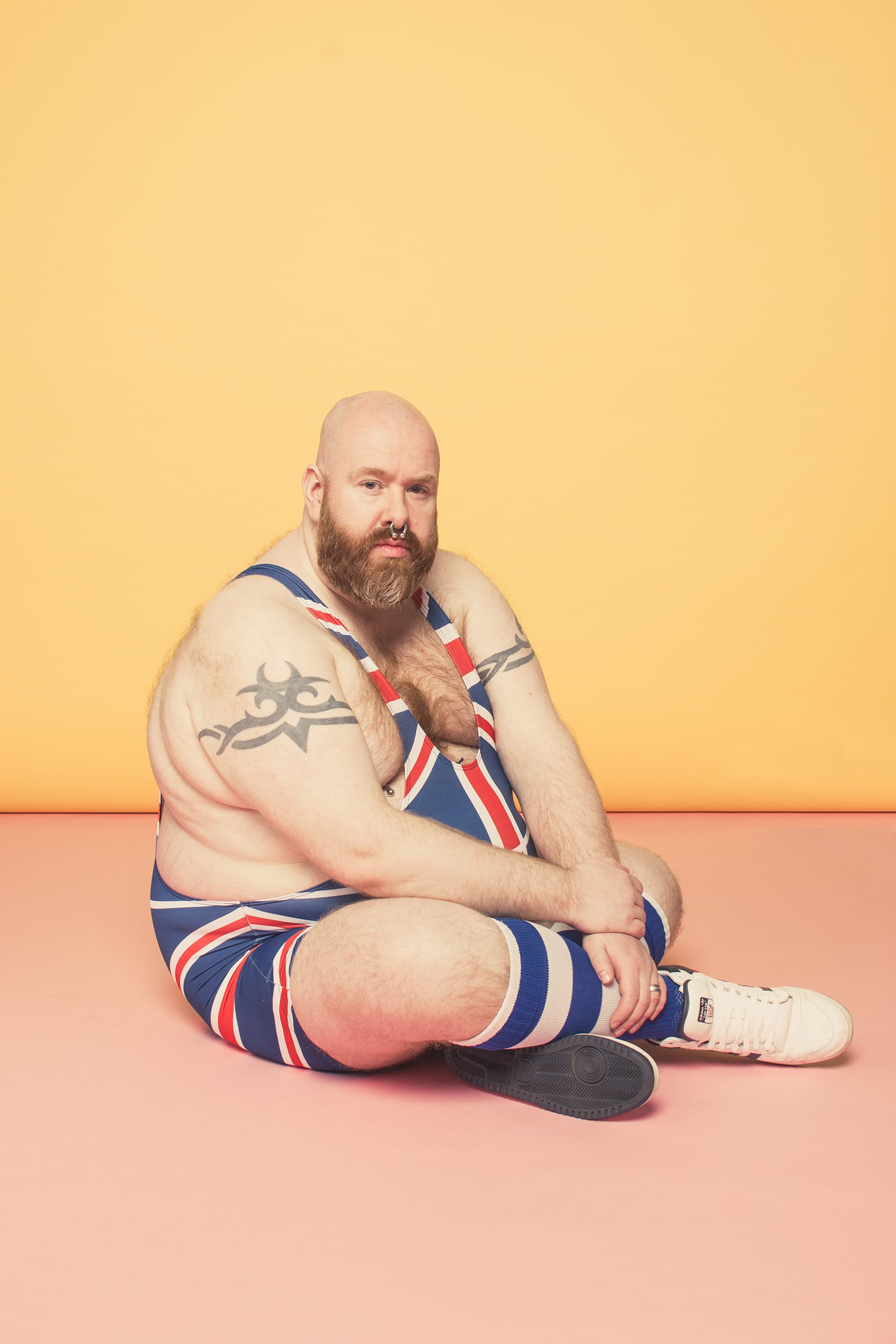

“These images, in all their diversity, reflect something of the richness of this nation and…
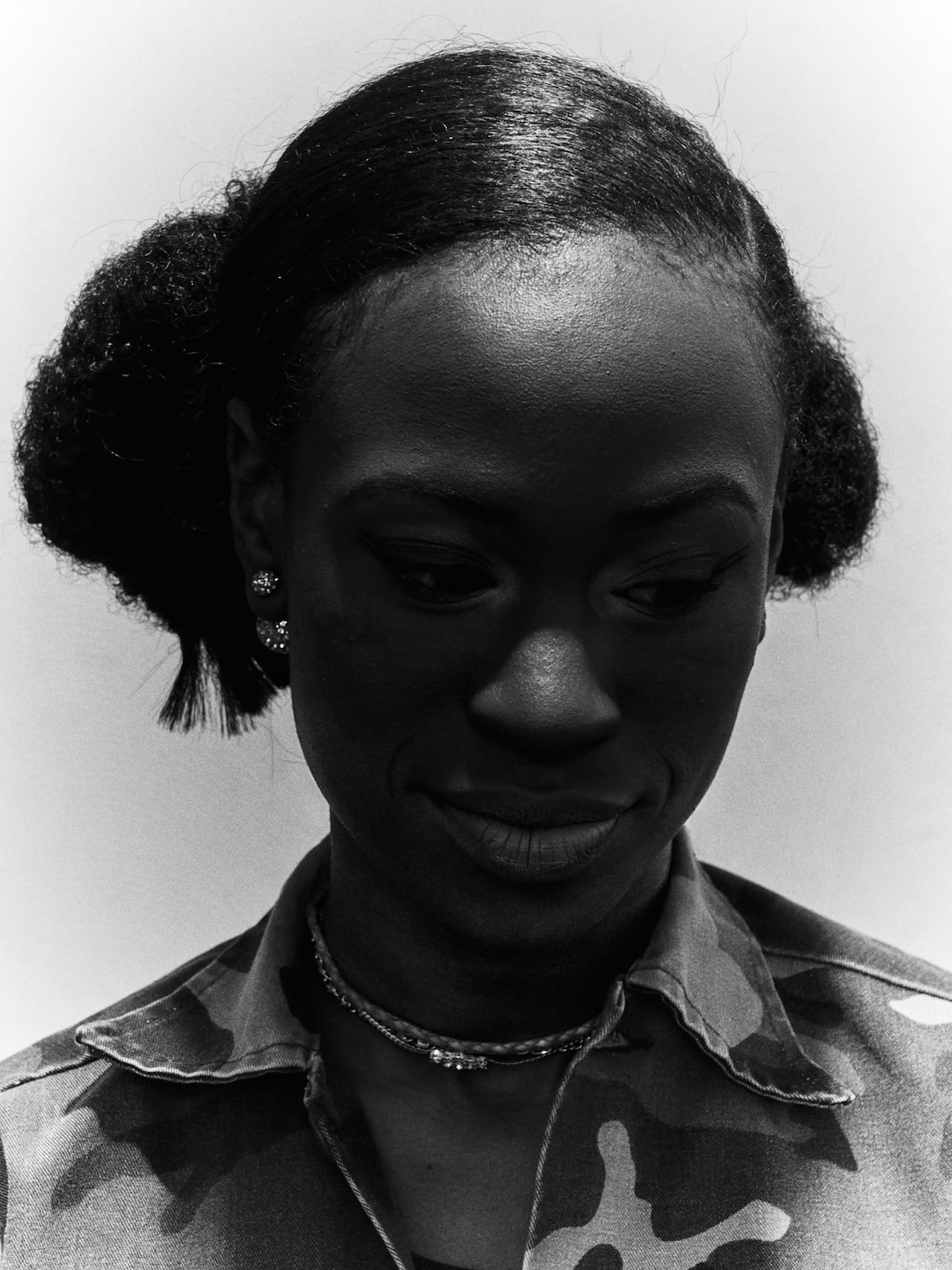
“In St. Louis, ZIP codes matter,” says Piergiorgio Castotti, an Italian photographer who lived in the US for three years. “North of Delmar boulevard, 95% of people are black, and life expectancy is 67. A few hundred yards south, 70% of people are white, and there is a life expectancy of 82.”
Index G, a collaborative project he’s made with photographer Emanuele Brutti, explores the harsh reality of this segregation, which is measured with the so-called Gini Index. Where once racial segregation in the US was obvious, and even enshrined in law, it’s now peppered throughout cities on a micro level, from neighbourhood to neighbourhood, and can therefore be easy to miss. “There were unexpectedly very few literal barriers in St. Louis; this meant that our first trip was a disaster,” says Castotti. “I didn’t know what to take pictures of.”
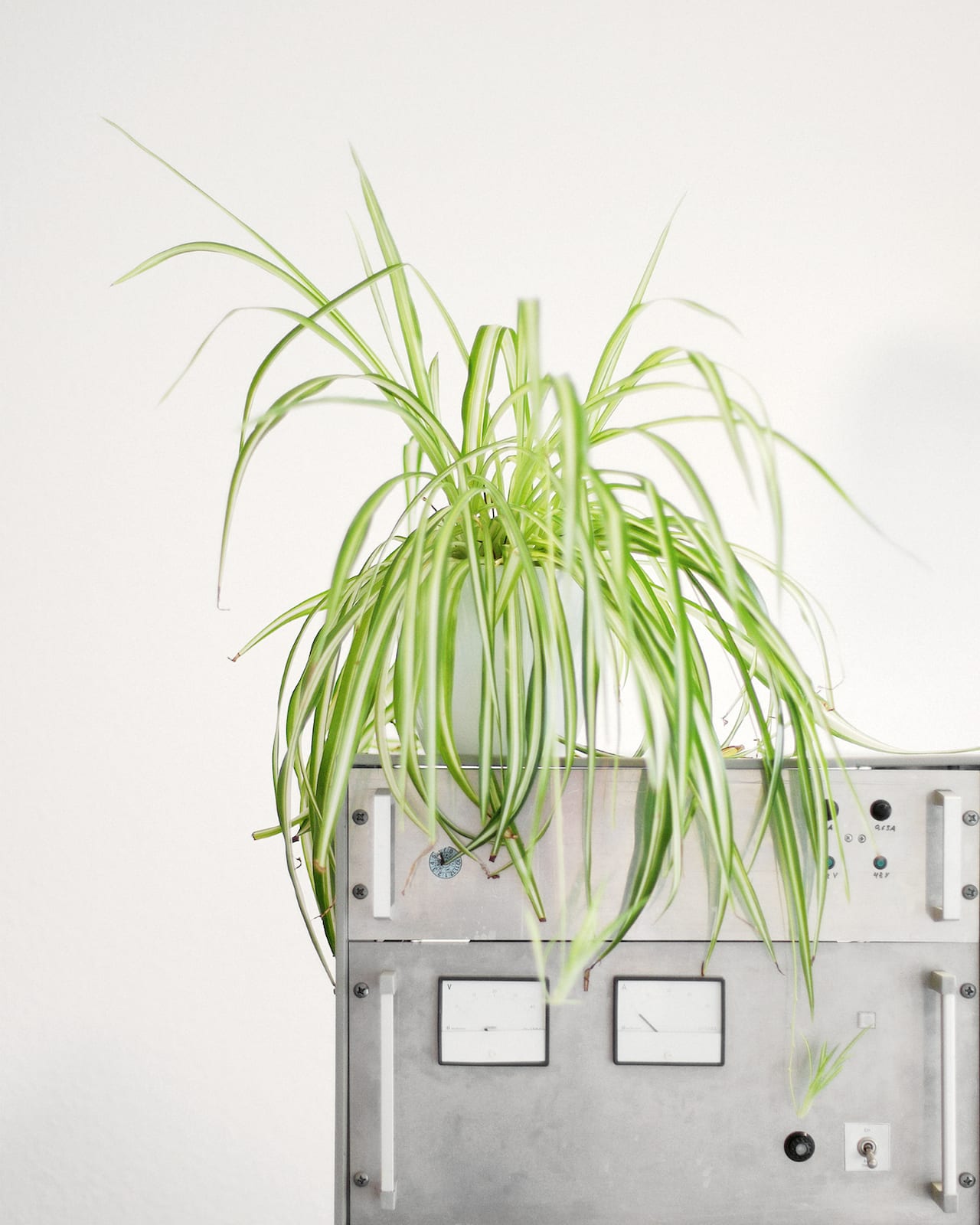
Ute is a daydreamer, Martin only talks about his vacation. Monika gets along on her own very well, but Heike is lonely. Sabine adores going dancing, and Helga likes techno music. To German photographer Frederik Busch, these office plants have personalities just like any other co-worker. “Plants have feelings too,” he says. “They are social beings, just like us humans.”
In 2008, whilst working on a corporate assignments, Busch noticed a row of plants in an office hallway. “It looked like an art space. It was so clean and sterile, and the plants looked like sculptures,” he says. “I have always been interested in how humans adapt to office-life, so I decided to apply portrait photography to plants to discover how they adapt too.”
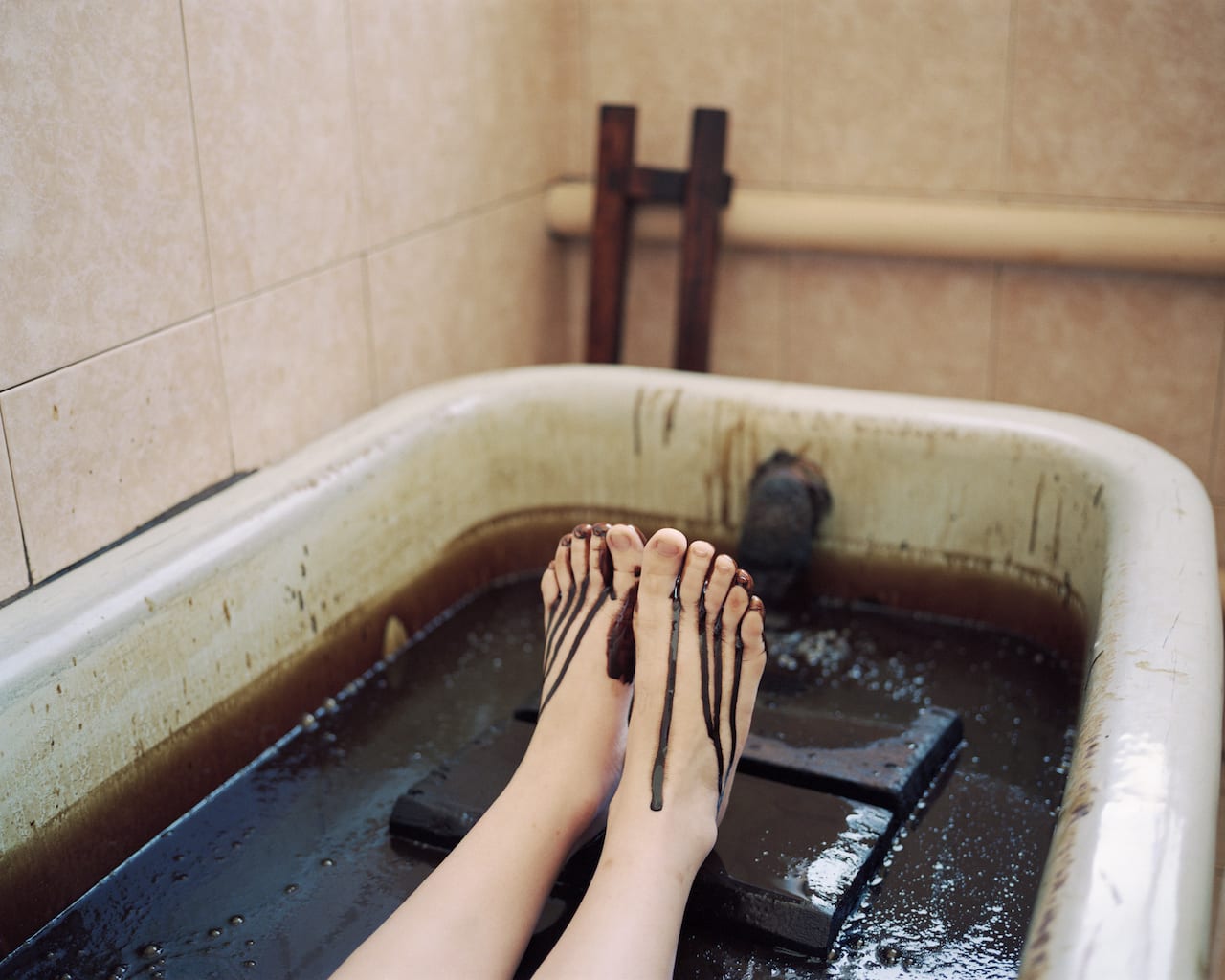
In October Chloe Dewe Mathews is publishing a book titled Caspian: The Elements with the prestigious Aperture (New York) and Peabody Museum Press (Cambridge, MA). In 2011 she won BJP’s International Photography Award with images from her first trip to the region. In 2014 Dewe Mathews was awarded the Robert Gardner Fellowship in Photography by the Peabody Museum at Harvard University to complete the work.
“For me, photography became a solution because I could be independent, spontaneous and more creatively engaged,” she says. “In feature films, you always work within a structure and you have to plan every shoot carefully; I liked the freedom you have with a stills camera. Fine art gives you more independence, of course, but it can also become too self-referential, so I was attracted to documentary photography because it felt more outward looking. I was keen to explore what was going on around me, as well as stepping out into the wider world.”

“I’ve spent so many hours on end in the dark, listening to loud music and just watching people, trying to see who I can take photos of and sussing out the environment” says Lionel Kiernan, “my work is a recording of what we can see with the naked eye in these constantly repetitive environments”.
At 21, Kiernan is the youngest photographer, and only Australian, to ever be shortlisted for the MACK First Book Award. After graduating from the Photography Studies College in Melbourne in 2017, Kiernan was nominated this year for his first major body of work documenting Melbourne’s nightlife scene, At Night.

“I was the first to move to New Brighton, and it was by sheer chance,” says Tom Wood. “I studied fine art part-time [a Fine Art Painting BA at Leicester Polytechnic], then went back to the car factory where I had worked before. Then I found a job as a photo technician at the poly [now Wirral Metropolitan College, where he went on to teach], and we moved there in September 1978.”
Thus began a golden age for photography in New Brighton, which lasted until 2003 when Wood moved to his current home in North Wales. In the intervening 25 years, Ken Grant also lived in New Brighton from 1992-2002, studying for a spell at Wirral Met, and Martin Parr was based just 20 minutes away from 1982-1985. Between them the three photographers created a huge body of work on the seaside town, which is based just across the River Mersey from Liverpool in North England.
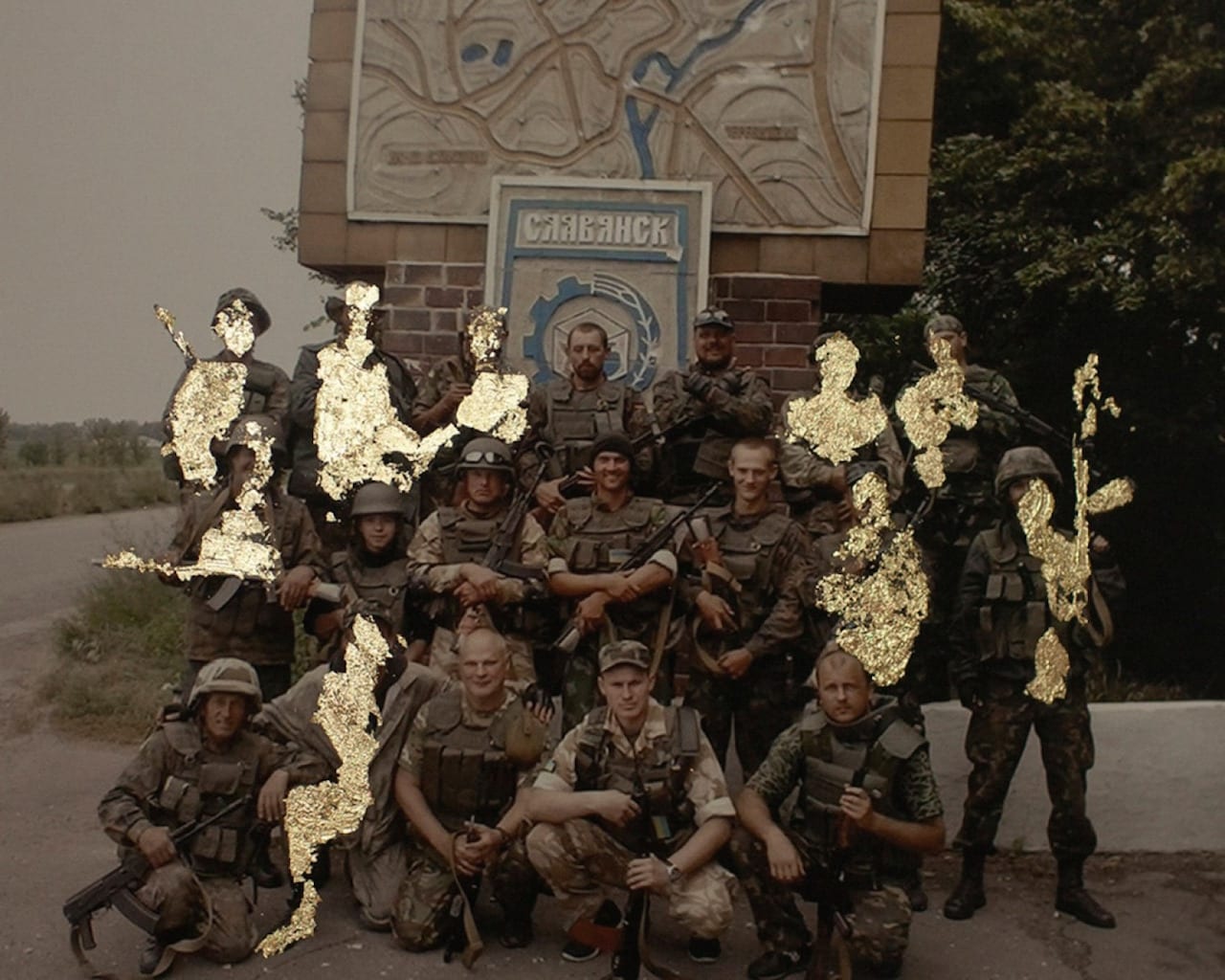
When Polish photographer Wiktoria Wojciechowska first heard about the ongoing Ukrainian conflict she was in China, shooting a project titled Short Flashes, which went on to win the 2015 Leica Oskar Barnack Newcomer Award. “I was cracking the internet but everything was so blocked I couldn’t get any information,” she says. “I was asking all my friends, then I realised not many people knew about it, even though it’s so close [as Ukraine borders Poland]. I was really inspired to go by fear, by wondering how I would react if the same thing happened in my country.”
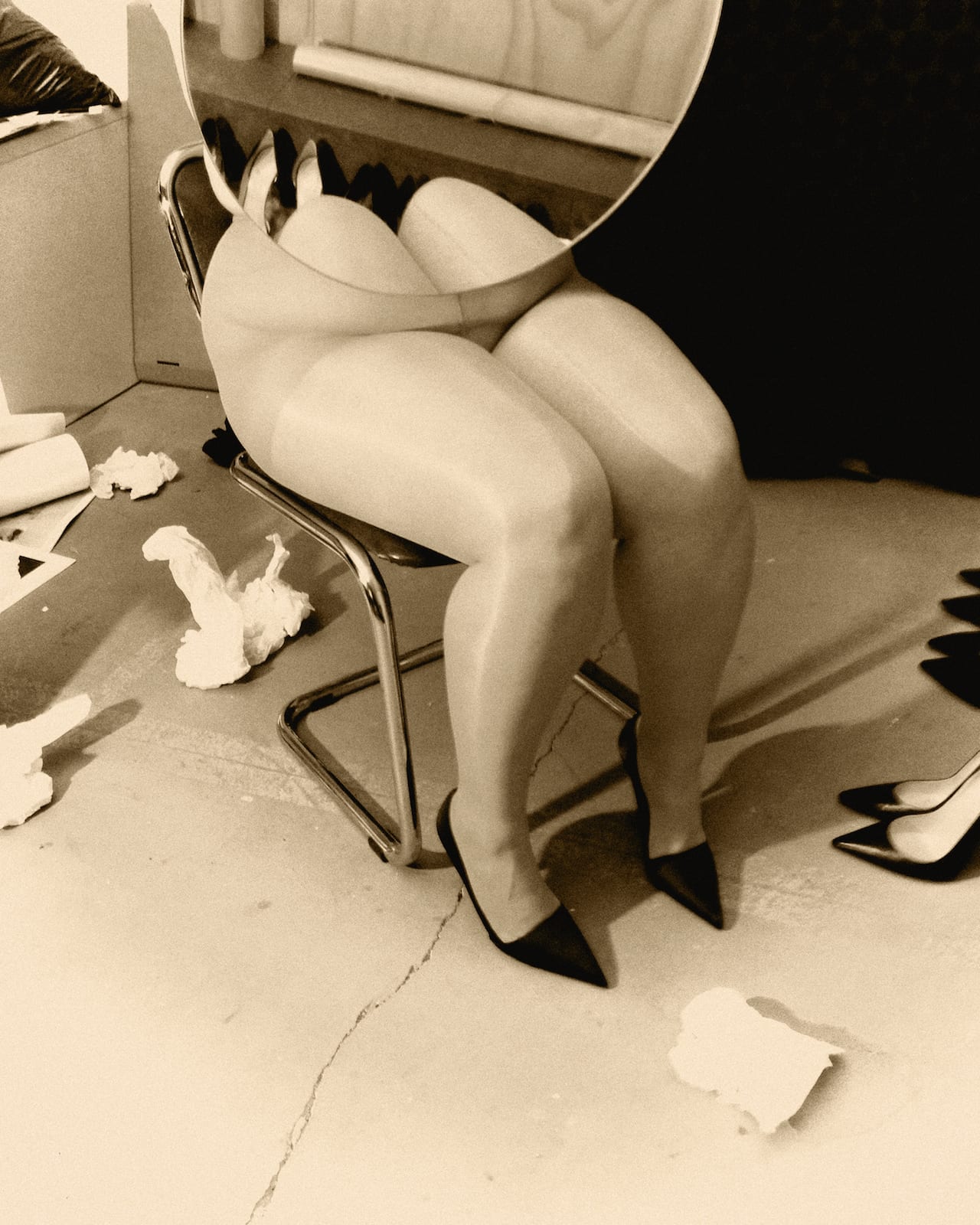
Paul Kooiker’s latest photobook, Nude Animal Cigar, is a peculiar hybrid made up of variations on the three themes revealed in the title. It’s as if the weirdest and most beautiful nudes, mournful animals and mysterious still lifes of cigar butts have been picked out from photography’s 176- year history. But although the images look old- fashioned, they have all been made within the past five years by this contemporary Dutch artist. Applying sepia filters to all the images, he lends the series a vintage and melancholy feel, and by virtue of the treatment knits this motley trio of monochrome motifs together.
“My work is successful if it is about looking, and about photography,” says Kooiker in his studio, located in a quiet street on the southern periphery of downtown Amsterdam. “Ultimately, my work is about looking, and looking is the ultimate act of voyeurism. It makes the work accessible, as everybody is able to recognise himself in this act. It also leaves the viewer confused. What I want to achieve is to make the public feel accessory to the images they witness.”
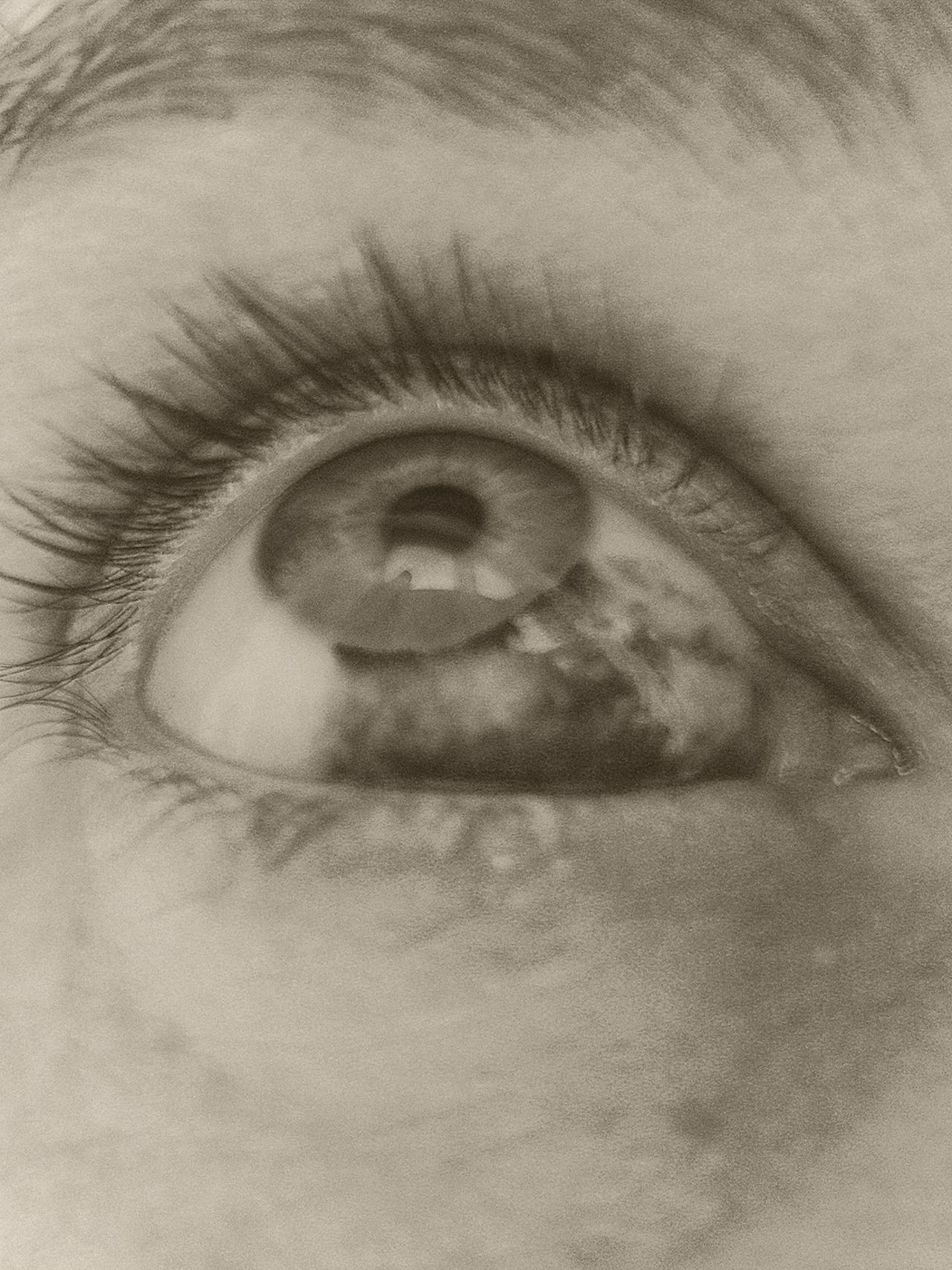
Born in The Netherlands in 1964, Paul Kooiker is known for creating unsettling, uncomfortable work. Focusing on themes of watching, voyeurism, and distance, his exhibition at FOMU, Untitled (nude), draws the viewer into a seemingly obsessive world, which shows on everything from nudes to eggs with the same sense of queasy intensity. “Kooiker raises questions,” reads the FOMU press material, “but rarely answers them, so it’s over to you.”
The exhibition is Kooiker’s first major museum show outside The Netherlands, and he’s created a new series specially for it titled Eggs and Rarities. When studying at art school (Koninklijke Academie van Beeldende Kunsten, Den Haag from 1982-1986, then the Rijksakademie van Beeldende Kunsten, Amsterdam from 1990-1992), Kooiker made a photographic ‘encyclopaedia of life”; now, 30 years on, he’s attempting a more comprehensive version.